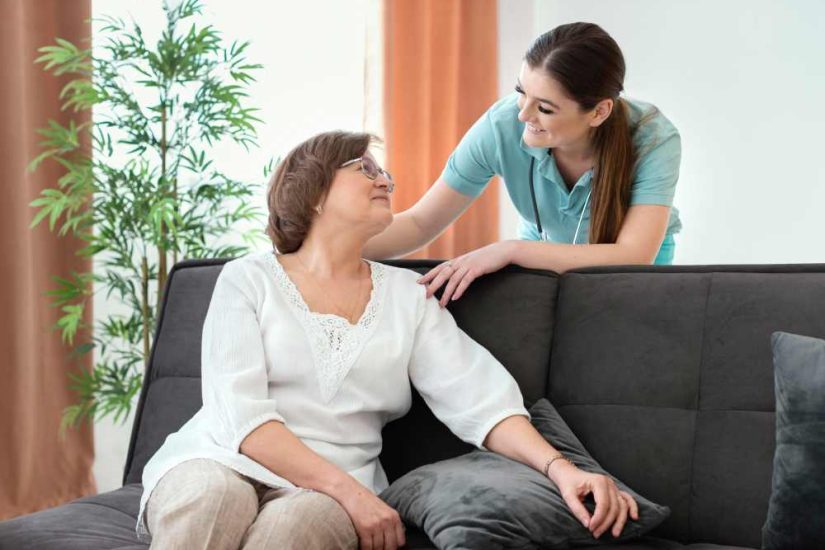- March 19, 2025
- by Harshita Bajaj
- Trauma
Table of Contents
Violence, victimization and abuse have deep and long-lasting effects on mental health, leading to a wide range of psychological disorders, trauma-related syndromes and a distressed state of mind worsening existing mental health conditions. Moreover, violence and abuse are nowadays so highly witnessed that it is increasing not only in frequency, but also in intensity.
Effects of victimization and abuse on mental health
Studies indicate that up to 70% may experience threats of physical violence and over 50% may experience physical violence without a weapon.
Violence and abuse are highly prevalent and severely and adversely impacts the mental health of an individual. Traumatic experiences are associated with higher rates of depression, anxiety disorders, especially PTSD, substance abuse disorders and dissociative disorders.
Moreover, over 1 in 3 women and 1 in 4 men have experienced rape, physical violence and/or stalking by an intimate partner in their lifetime in the US alone.
Victimization, intimate partner violence, experiencing abuse, trauma can significantly impair daily functioning and quality of life, leading to development of chronic mental health disorders and trauma-related syndromes.
Common trauma-related syndromes or Psychological Trauma Syndromes
Victims or survivors of violence and abuse are at risk of developing various trauma-related syndromes in response to the traumatic nature of abuse they experience including Stockholm Syndrome, which is the most common and most widely known, Post-Traumatic Stress Disorder, Rape Trauma Syndrome and Battered Woman Syndrome.
Battered Woman Syndrome
The battered woman syndrome has been identified as a sub-category under post-traumatic stress disorder. In the Battered woman syndrome, women who are subjected to domestic violence by their partners submit to their abuse and accept their maltreatment. Battered Woman Syndrome shares some symptoms with Post Traumatic Stress Disorder, however all symptoms of PTSD may or may not be present.
Battered Woman Syndrome Symptoms
- Self-blaming
- Fear
- Distorted beliefs
- Hyperarousal
- Re-experiencing trauma
- Avoidance and escape behaviors
- Emotional numbing
- Disturbed interpersonal relationships
- Body-image issues
- Somatic complaints
- Issues with sexual intimacy
Causes of Battered Woman Syndrome
There are certain causes that act as risk factors that make women more vulnerable to developing battered women syndrome, including:
- Being a victim of child abuse
- Observing frequent incidents of violence at home
- Having low self esteem
- Demographic factors like belonging to lower socio-economic strata, being uneducated or belonging to a minority group
- Depression
- Poor social support and being socially isolated
- Emotional and financial dependence
Rape Trauma Syndrome
Rape Trauma Syndrome refers to the physiological, emotional, and cognitive response to sexual abuse and violence. It has also been identified as a sub-category of Post-Traumatic Stress Disorder. Further, this syndrome can develop in both males and females, it is not specific to one gender.
Symptoms of Rape Trauma Syndrome include fear and anxiety, depression, social maladjustment and sexual dysfunction. Individuals with Rape Trauma Syndrome also exhibit some symptoms of PTSD such as re-experiencing trauma, hypervigilance, and escape and avoidance behaviors. It is important to note that these symptoms may or may not be present in victims of sexual violence.
Rape Trauma Syndrome Stages
- Acute Stage – This stage begins a few days after the incident of sexual violence takes place. The common symptoms experienced include numbness, nausea, heightened sensitivity to environmental stimulation, hyper or hypo vigilance, and suicidal ideation.
Based on their reaction, victims’ symptomatology can be:
- Expressed: open expression and emotional reactions
- Controlled: victims appear calm and unaffected
- Shocked disbelief: disoriented and a poor recall of the incident
- Outward Adjustment Stage – The victim puts up a persona wherein they act like they have moved on but internally are still distressed. They try to distort their true feelings and use various coping mechanisms. The victims can remain stuck in this stage if they are not provided with appropriate guidance and support.
- Underground Stage – The victims are gradually moving on from the incident and getting back to their “normal” lives. They might still experience the symptoms of PTSD/RTS but the intensity gradually decreases. This stage marks their transition as they overcome the distress relating to the incident.
- Reorganization Stage – It includes responding to external or internal triggers. Victims might suddenly go back to experiencing the distressing symptoms and be unable to cope with them.
- Renormalization Stage – The final stage is marked by victims learning to live with the distressing experience. They no longer view themselves from the lens of a victim and get their self-esteem, confidence back. They might still be overwhelmed or sad but they learn to accept these feelings and not dwell over them.
What is Stockholm Syndrome?
Stockholm syndrome is a complex condition that develops in hostage victims wherein they develop positive feelings towards their captors. Some victims might even start idolizing their captors and comply with them. Unlike the feeling of hatred which is expected to be developed by victims against their captors, they develop a paradoxical emotional response as a way of coping with the distressing situation.
In certain cases, even captors can develop positive feelings of care and love for their victims, this condition has been termed as lima syndrome.
Stockholm Syndrome symptoms
- Positive feelings towards the captor or abuser
- Empathy and justification
- Negative feelings towards authorities
- Refusal to cooperate
- Selective memory
- Loss of identity
- Emotional detachment from others
- Self-blaming and internalized shame
Stockholm Syndrome and Trauma Bonding
Stockholm Syndrome and Trauma bond are two related but distinct concepts. When a victim bonds with their abuser, this bond is called trauma bonding. Trauma bonding is a broader term encompassing any emotional attachment formed between an abuser and victim in any type of an abusive relationship. Stockholm syndrome is a specific type of trauma bond, often viewed as a strategy that helps the victim cope.
Recovery and Treatment
Being a victim of sexual assault can be extremely traumatizing for the victims and survivors. The impact of the incident can last up to years and the victims can feel like their lives revolve around the incident, this can have a negative impact on their sense of self as well as on their wellbeing. Fortunately, getting the right help can assist victims to overcome the cycle of despair.
Coping with Rape Trauma Syndrome involves focusing on therapeutic interventions that are trauma-informed and specialized i.e., Trauma-focused therapy, EMDR, Somatic Experiencing Therapy, Trauma-Informed Expressive Arts Therapy, with a major treatment focus on social support and support groups.
Stockholm Syndrome Recovery usually will involve Talk Therapy, Cognitive Behavioral Therapy, and Interpersonal Psychodynamic Therapy, Trauma-focused Therapy focused on identifying and working on distorted thinking patterns.
Battered Woman Syndrome Recovery Strategies – The Survivor Therapy Empowerment Program (STEP)
STEP is a psychoeducational therapy that aims to empower women by helping women figure out how the violence and abuse have impacted them and their lives, and how they can overcome it. The primary purpose is to cultivate awareness about their thoughts, feelings, and behaviors in relation to the abuse. The Program has twelve steps with three essential components, educational, discussion and sharing experiences based, and skill building.
These syndromes highlight the complex psychological dynamics and conflicting, distressed state of mind a victim goes through after experiencing abuse and only urges the requirement for preventive care. Further, it is important to ensure that all victims, survivors receive appropriate and specialized care, treatment and support to assist, help them overcome these negative impacts and ultimately reintegrate back into society and lead normalized lives.
Stay connected with North America Behavioral Health Services to keep learning more about mental health and strategies to deal with them!
Contact us to know more!
















